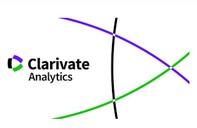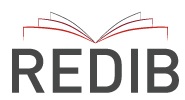MEDIATION THROUGH AUTOMATIC THOUGHTS OF THE RELATIONSHIP BETWEEN SCHEMAS AND DEPRESSIVE SYMPTOMS.
Abstract
According to the cognitive therapy model, automatic thoughts related to depression, which are relatively superficial and accessible, are the outcome of dysfunctional cognitive schemas. However, very few studies have addressed the relationships between both levels of cognitions. The aim of this study was to assess whether the automatic thought act as me-diators between dysfunctional cognitive schemas and symptoms of de-pression in women. The sample consisted of 334 women, who completed measures of depression (CES-D, Radloff, 1977), anxiety (SCL-90-R , Derogatis, 2002), depressogenic automatic thoughts (ATQ-R; Kendall & Hollon, 1989) and cognitive schemas (SQ-SF; Young & Brown, 1994). The results supported the hypothesis that automatic thoughts (dissatisfac-tion, difficulties for coping, and lack of positive thoughts) act as the mechanism through which some dysfunctional schemas (emotional depri-vation, abandonment, and failure) influence on the development of de-pressive symptoms. In the case of the schema of failure, the mediation was full.Downloads
Download data is not yet available.
Metrics
Views/Downloads
-
Abstract4012
-
PDF (Español (España))1846
Estévez, A. M., & Calvete, E. (2009). MEDIATION THROUGH AUTOMATIC THOUGHTS OF THE RELATIONSHIP BETWEEN SCHEMAS AND DEPRESSIVE SYMPTOMS. Anales De Psicología Annals of Psychology, 25(1), 27–35. Retrieved from https://revistas.um.es/analesps/article/view/71461
Clinical and Health Psychology
About Copyright and Licensing, more details here.










